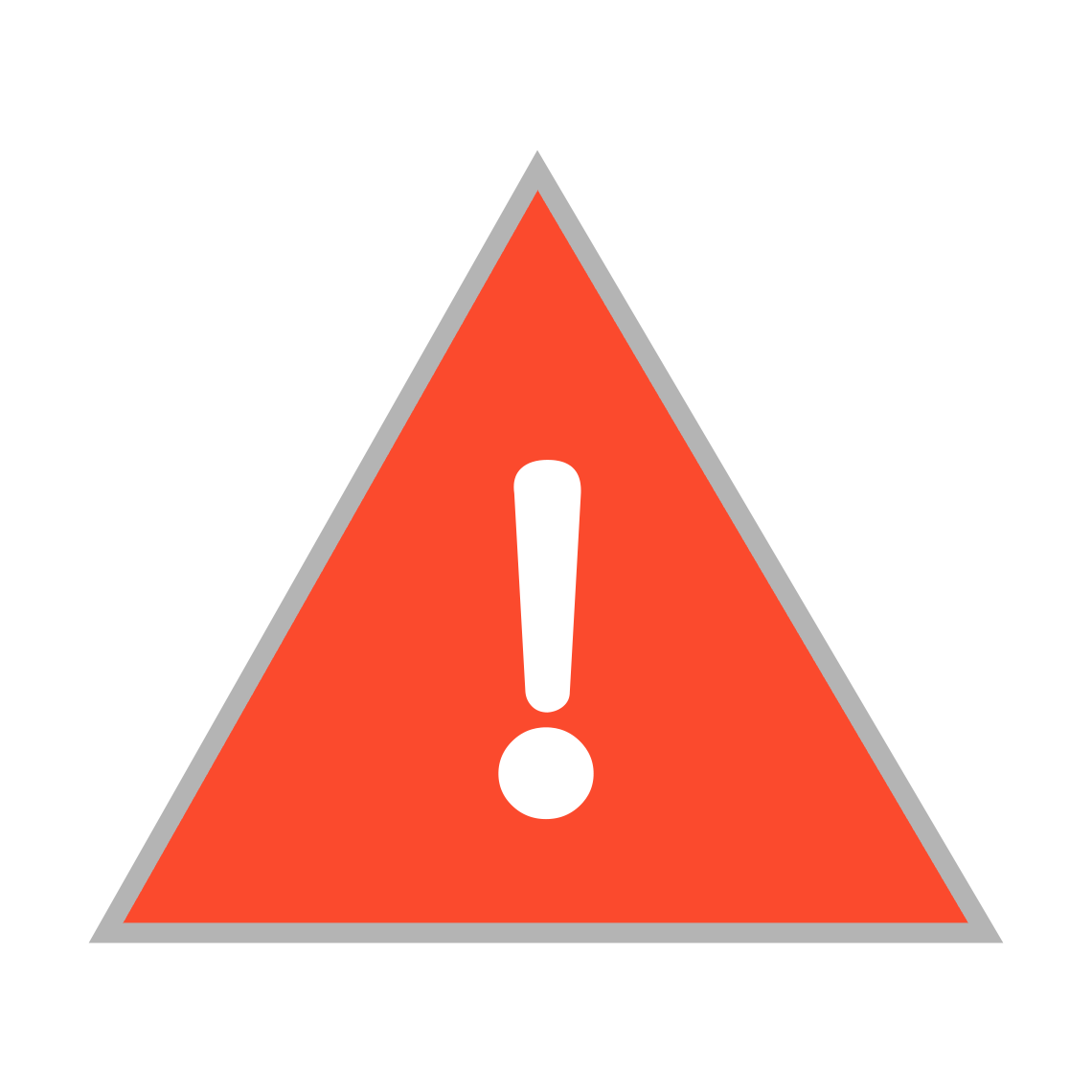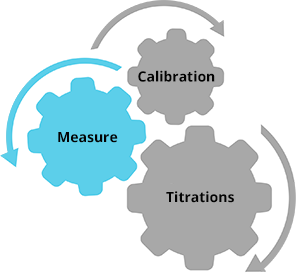Guide to measuring

Before any measurement, it is best to check that the calibration has been done.
Measurement
- Pour a sufficient volume of “sample” solution into a clean container in order to be sure that the plates of the conductivity cell are entirely immersed in the sample.
- When determining conductivity, make sure that the temperature of the sample is known or that it is measured (by an integrated or separate temperature sensor)
- Rinse the cell with some of the initial solution so that the first measurements are not distorted before immersing it in the solution.
- Stir the sample gently to homogenize it and immerse the conductivity cell in the solution.
- Stop stirring so as not to disturb the measurement between the plates. If the medium needs to be stirred, it is best to move the cell away from the stirrer and to stir moderately.
- Press the “measurement” button on the electrical conductivity meter and wait for a stable value.
- After the measurement, remove the electrode from the solution and rinse it with distilled or deionized water. Store the electrode in distilled water.
After turning on the agitator, move the conductivity cell so that it is positioned correctly to take a measurement, as indicated in step 5.
Influence of the environment?
Conductivity is directly related to the quantity of ions in solution. Any variation in this quantity will therefore have an influence on the conductance or resistance of the solution.





